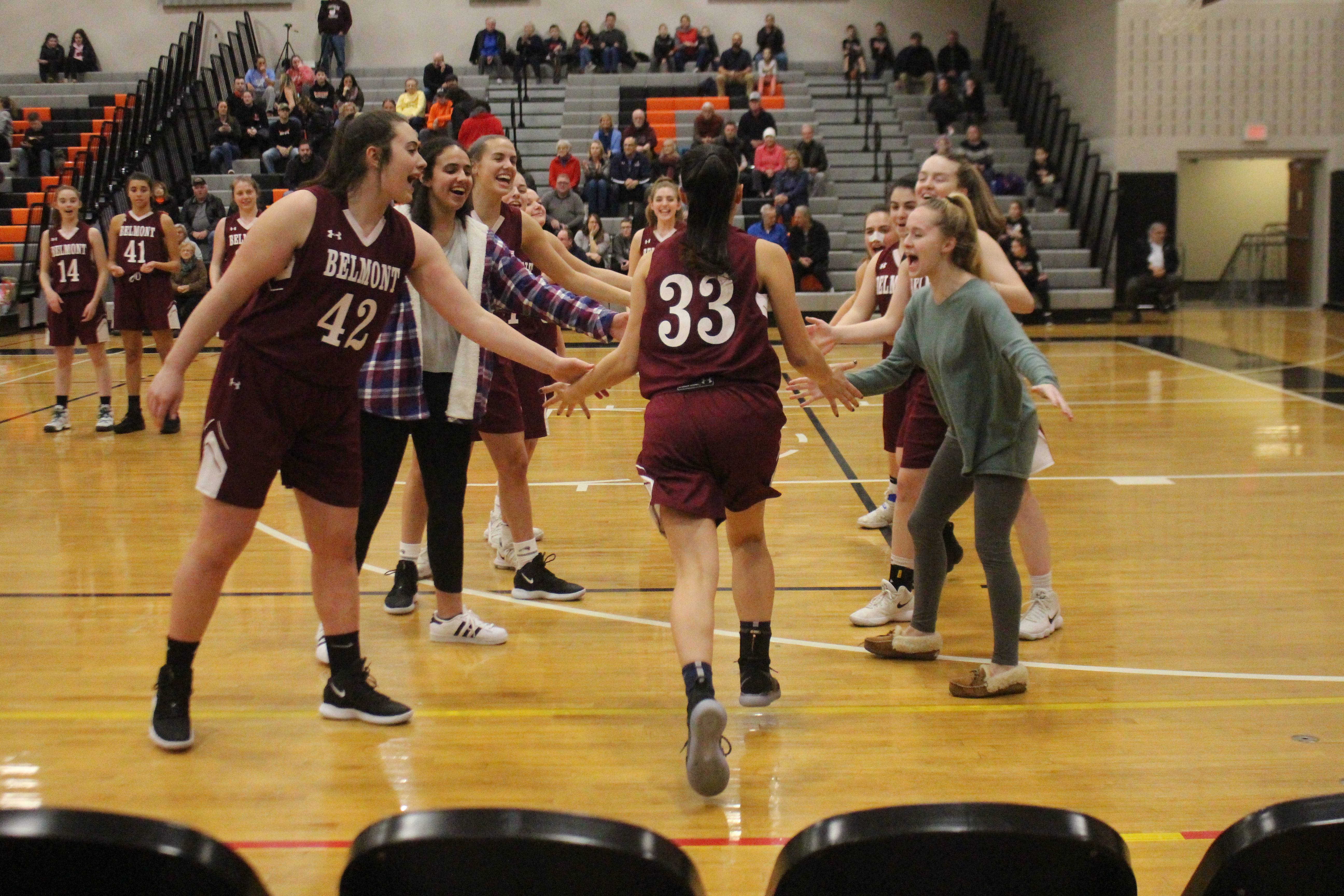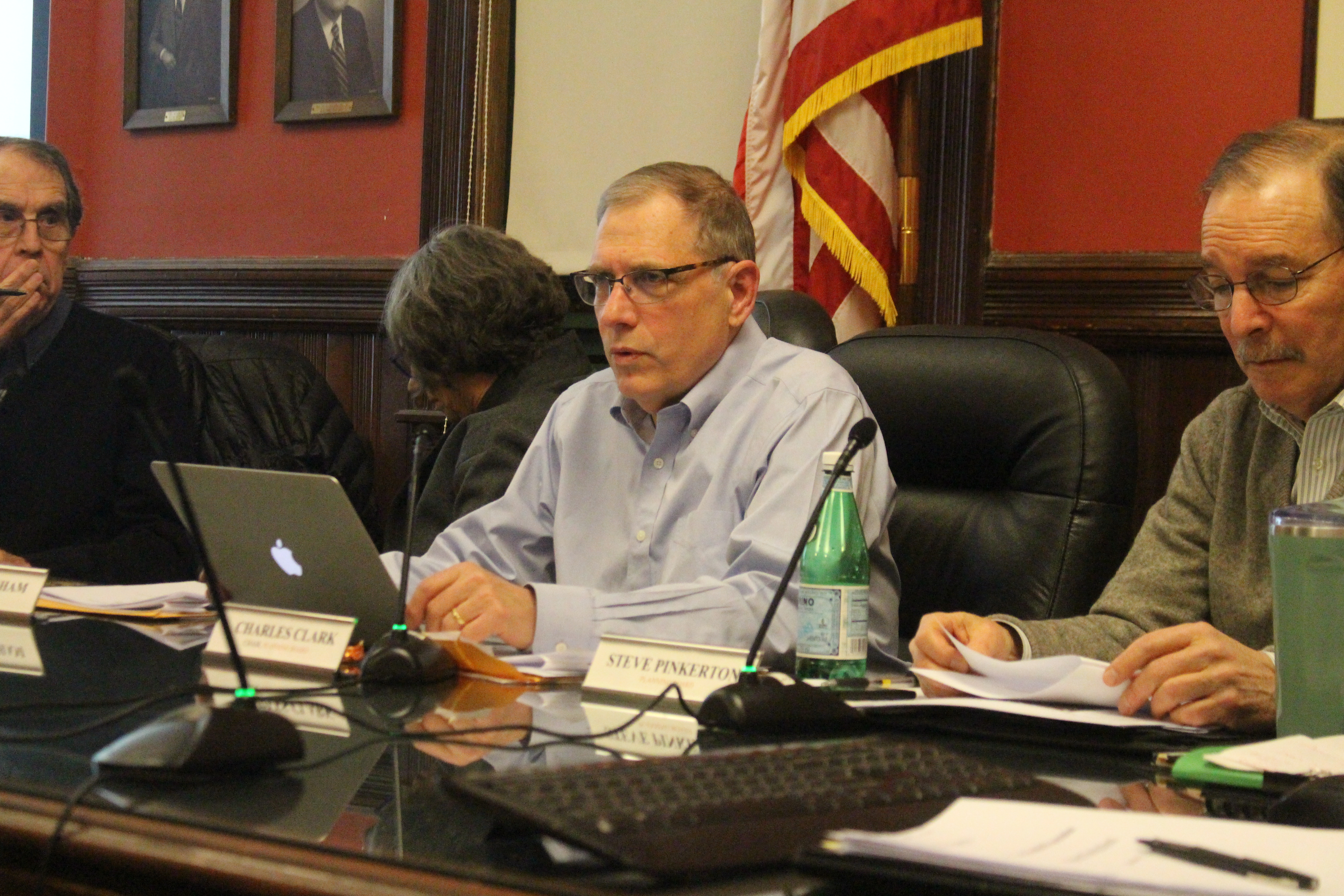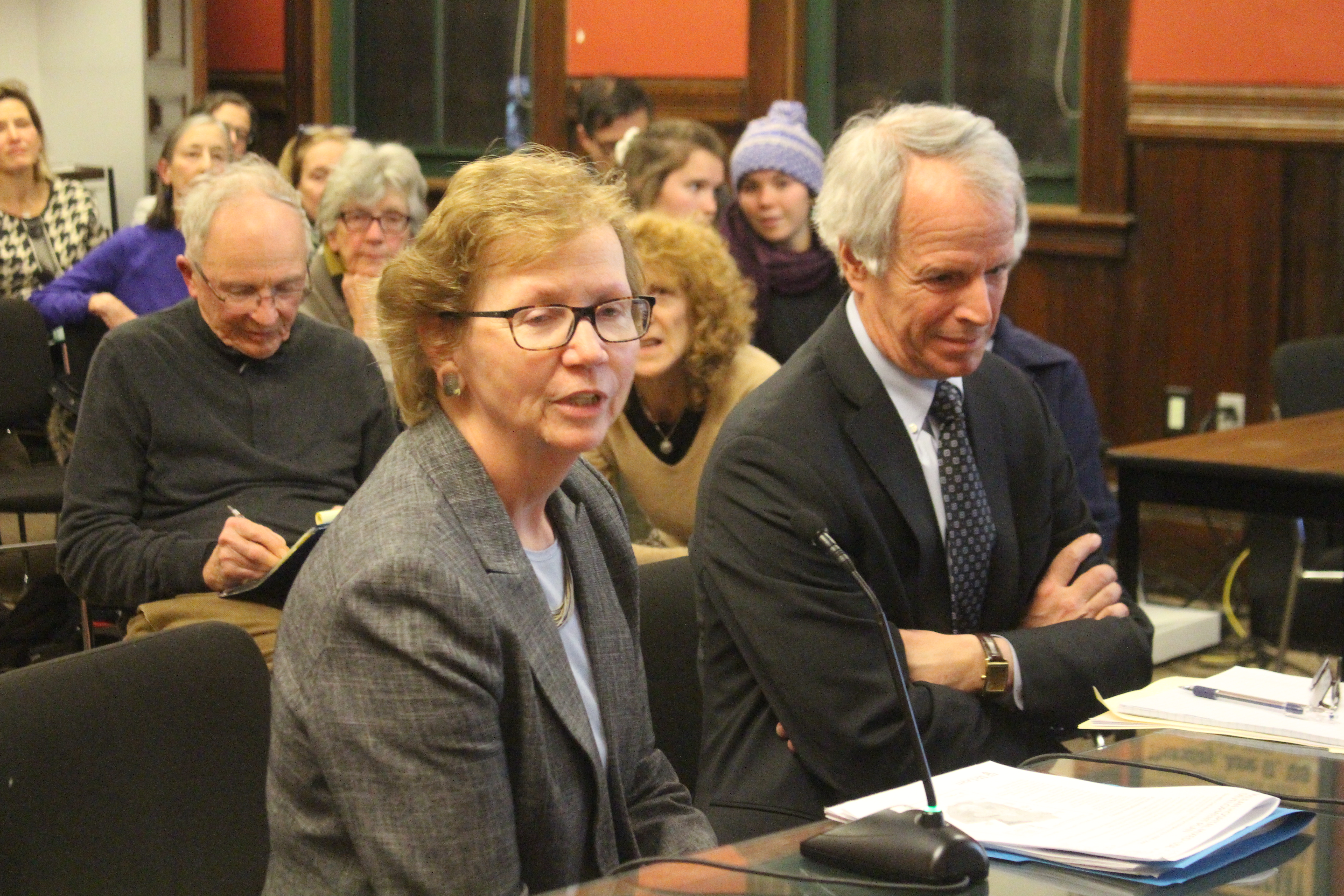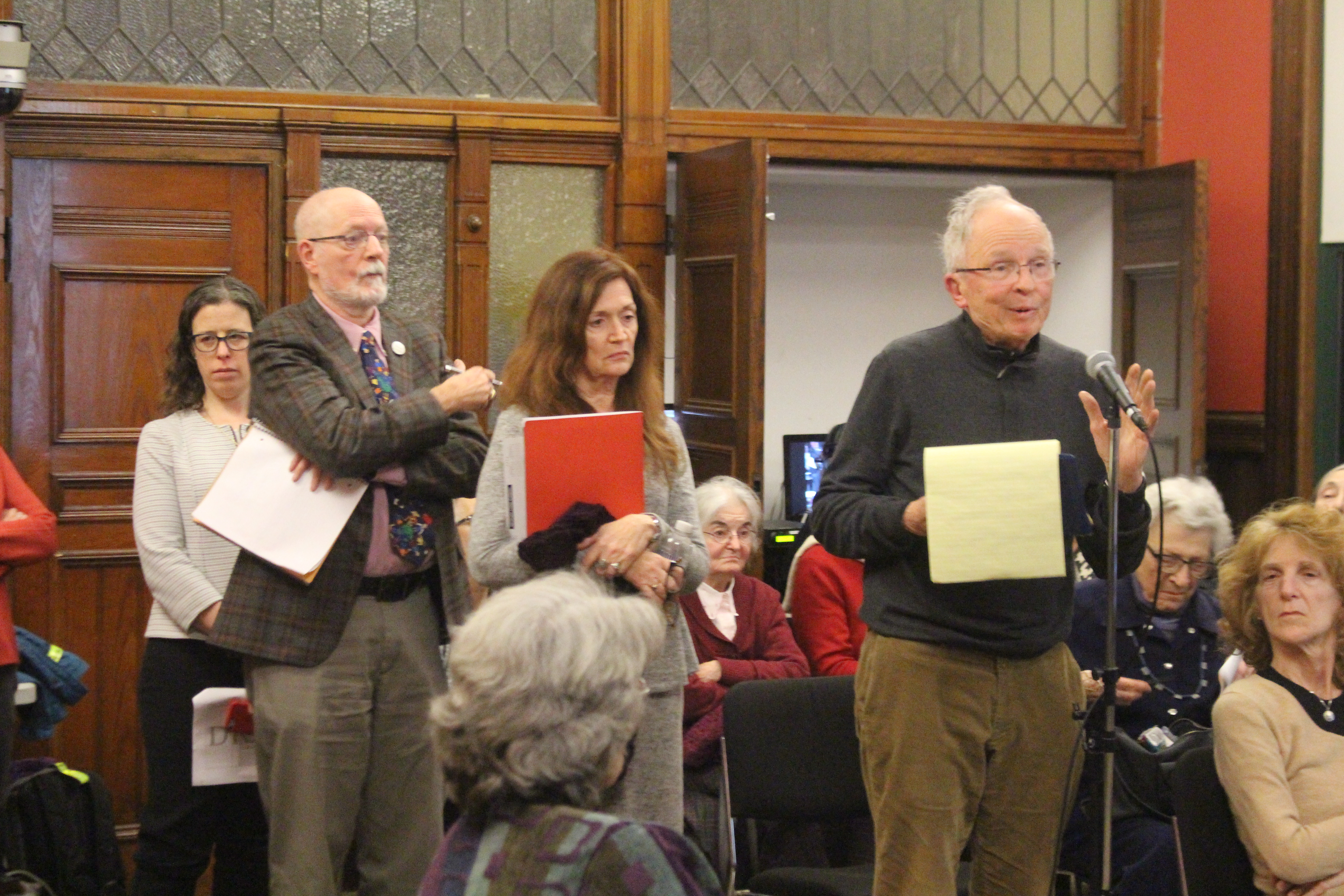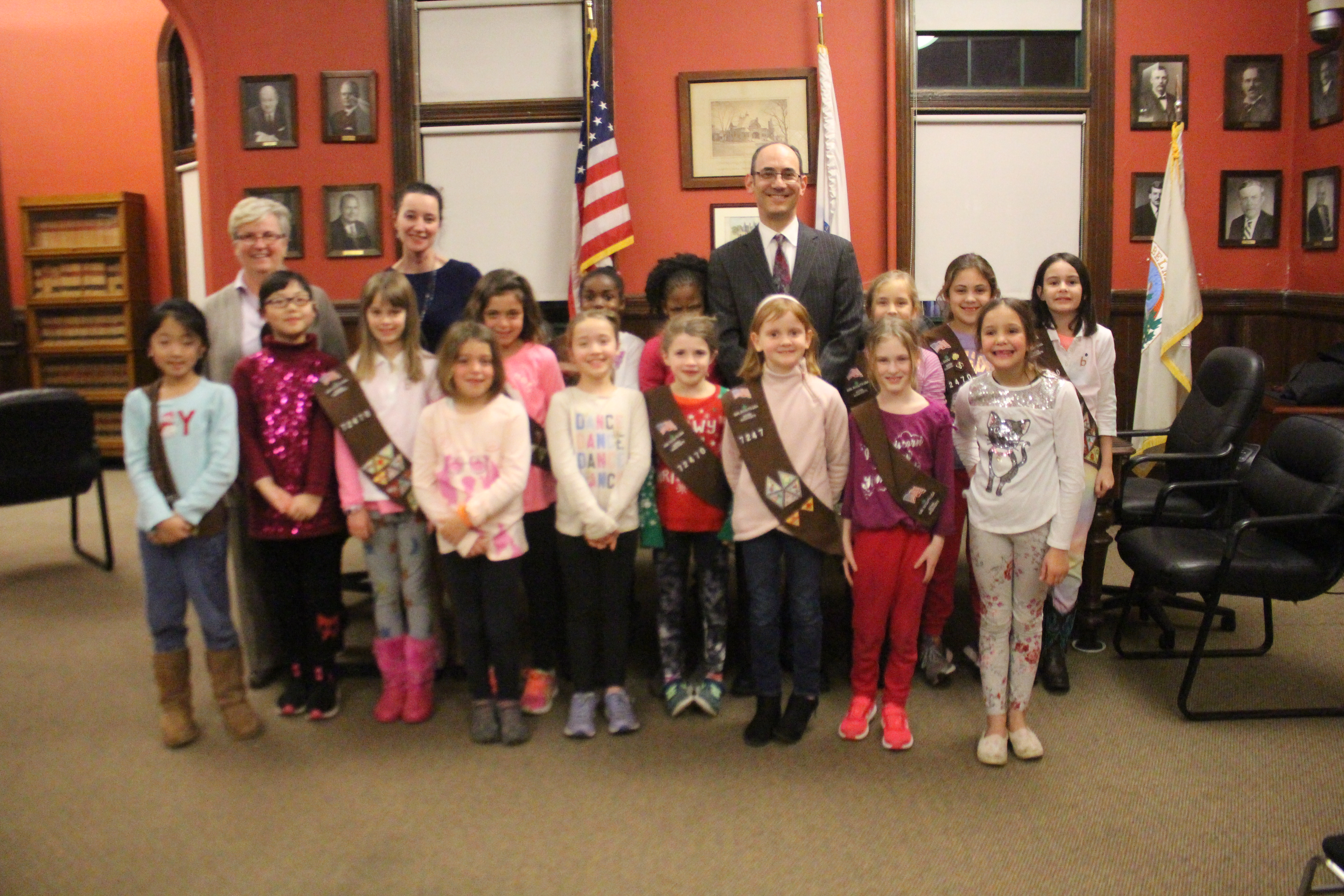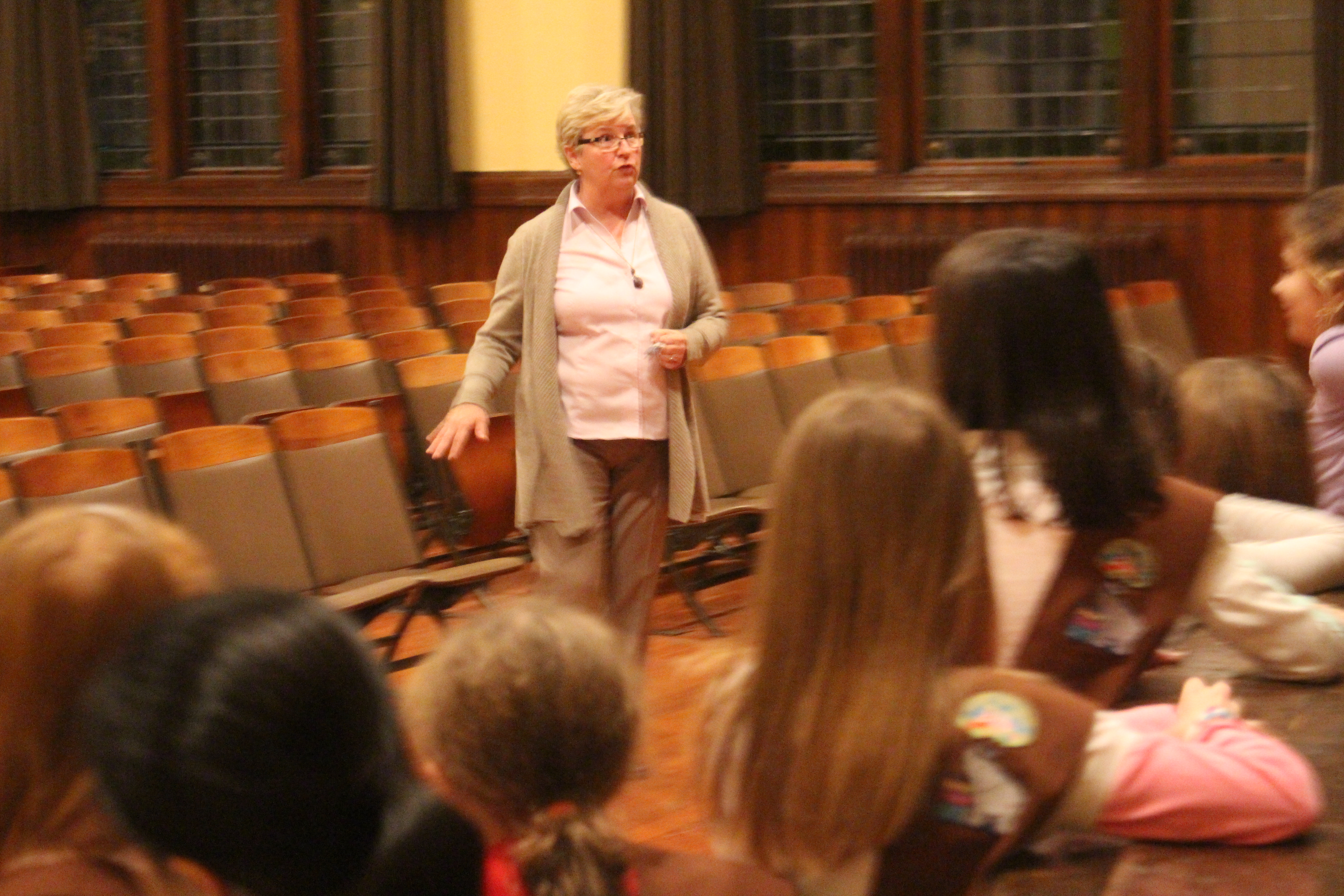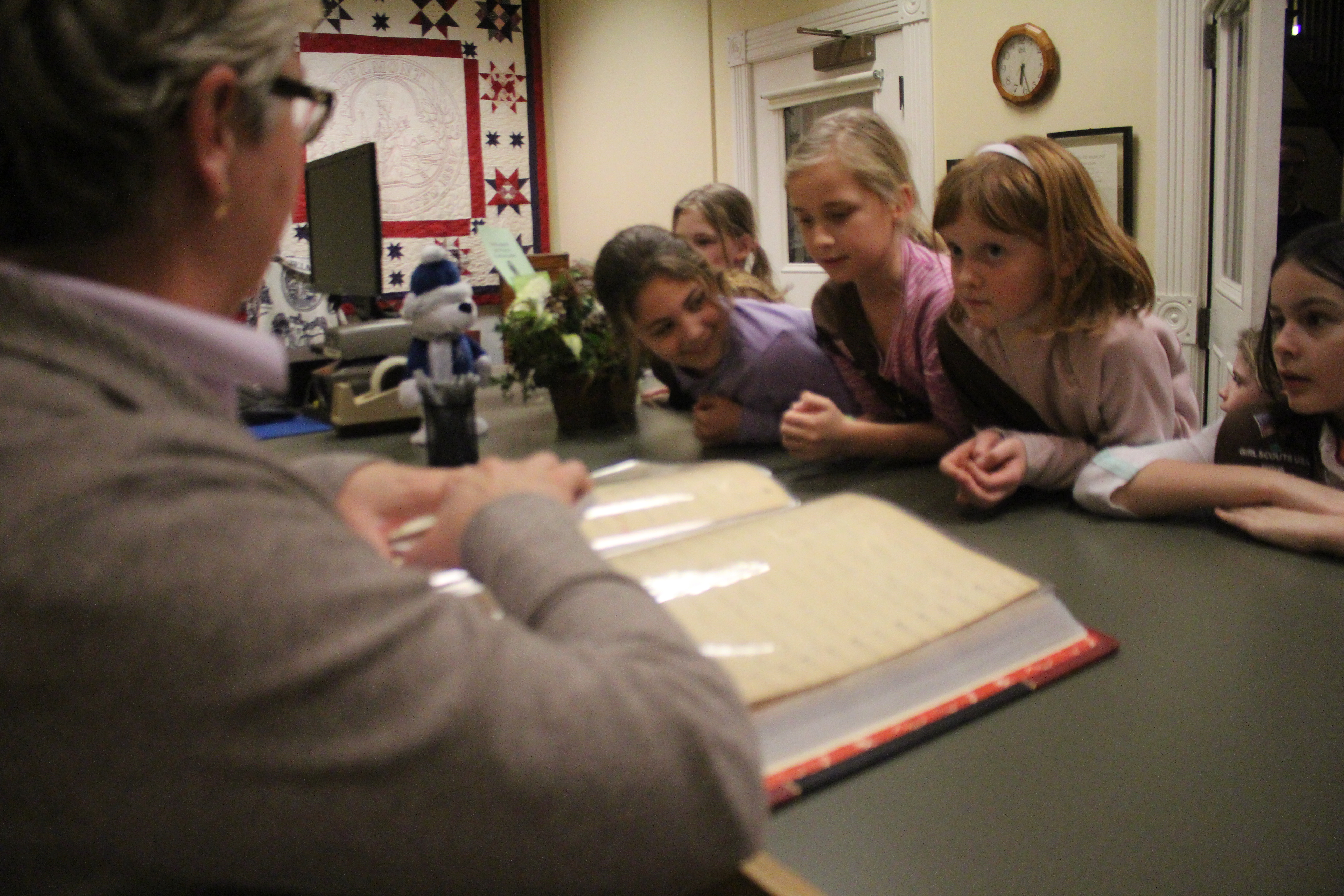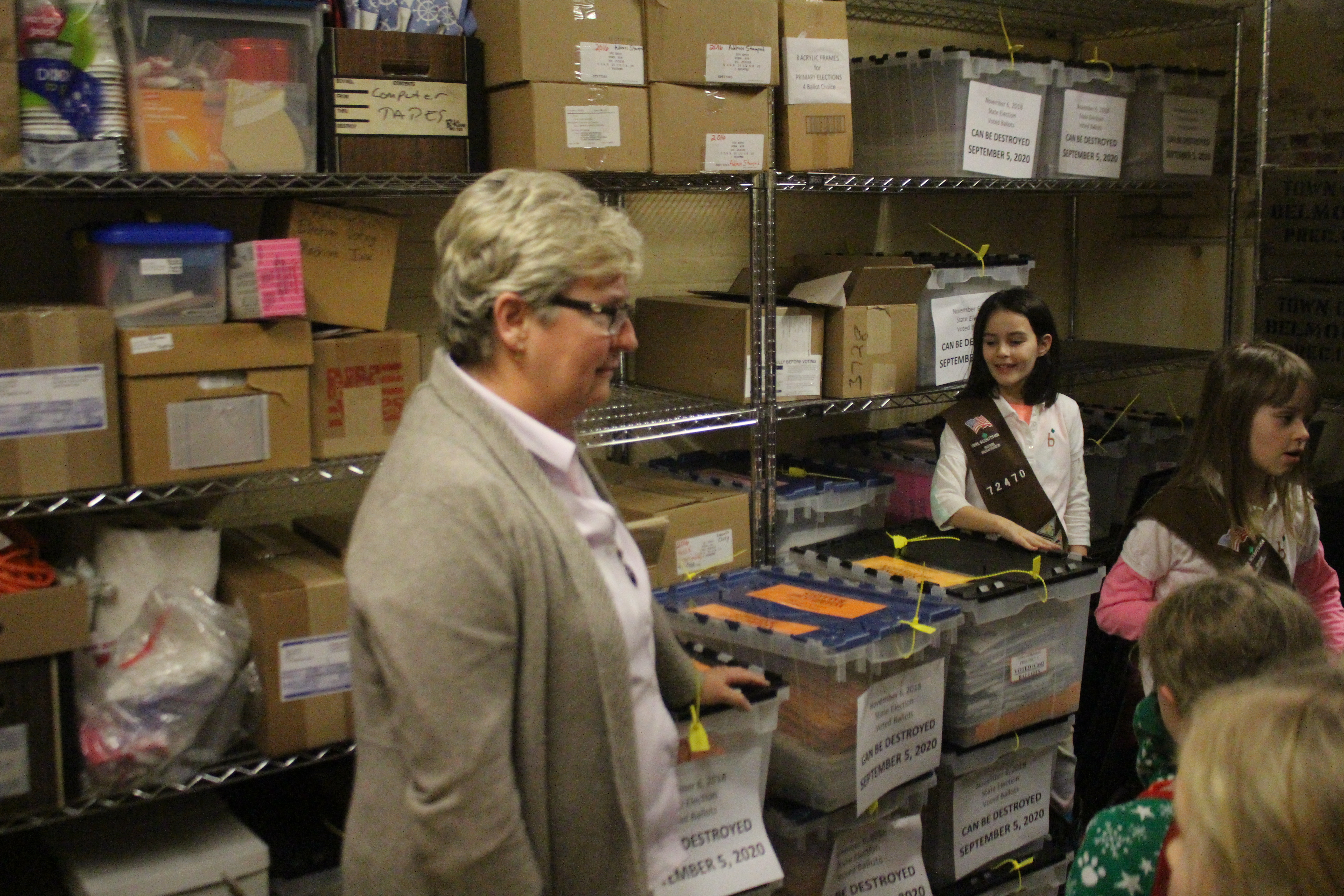Photo: Belmont High’s Megan Tan (33) was high scorer with 14 points vs. Lexington.
It was a pair of solid victories for Belmont High’s hoopsters as the Boys’ and Girls’ remain undefeated in Middlesex Liberty league play as they begin their stretch runs to the tournament.
Whatever head coach Adam Pritchard told his team at halftime, he should keep doing so as Belmont’s boys’ basketball team went on a tear in the third quarter to secure its win over visiting Lexington, 91-73, in the opener of Friday night’s doubleheader, Jan 25.
While Lexington (9-4) gave Belmont a match in the first encounter in December – the game which Danny Yardemian broke the school’s single-game scoring record with 46 points – the Marauders (12-1) appeared in control on both ends of the court. Pritchard took out his starters shortly after the game started and put out his role players who kept the Minutemen at bay with sophomore Preston Jackson-Stephens and senior Jake Herlihy combined for three consecutive blocks that transitioned into a Jackson-Stephens bucket. Belmont ended the opening quarter up 18-15 as senior Matt Wu hit a 15-foot line drive buzzer beater off a miss.
Despite having the Belmont starters back on the court, Lexington took the lead, 27-25, off a 3 from senior Dante Ortiz and held it at 31-30 with 2:30 left in the half. But a pair of steals by senior Ben Sseruwagi leading to baskets by himself and junior Mac Annus (12 points in the half, 20 for the game) gave the Marauders the lead 34-31 followed by two more thefts and baskets ending with a 3 by sophomore Tim Minicozzi to finish off a 13-4 run to give Belmont a 43-36 margin at the end of two quarters.
Coming out of the break, Yardemian sprung into action scoring eight points (a bucket and free throw, an NBA 3, and a classic drive to the hoop) in the first three minutes to hike the lead up to 56-47, followed up by Yardemian and senior center Dan Seraderian dominating the inside as Belmont went on a 21-6 sprint to the finish of the quarter, as the Marauders scored 34 third-quarter points with Yardemian (ending with a game-high 31) contributing 16 points to end the third up 77-53.
After a slow start, the Belmont Girls used its trademark half-court press defense (limiting opponents to 33 points per game) to spark a flurry of 3s from a senior leader to a 57-33 win to remain undefeated at 12-0.
As both teams had limited play over the week due to exam week, the girls’ contest needed to shake the rust off in the first quarter – it was scoreless after more than four minutes – when four-year varsity player Megan Tan took her game to the outside, hitting two 3s as senior center Jess Giorgio (9 points, five rebounds, 2 blocks) was able to score inside while quarterbacking the press defense that kept the Minutemen to six points in the quarter.
Leading 12-6 at the start of the second, the Marauders doubled its score and the lead (25-14 at the end of the half) by going beyond the arc with Giorgio and Tan (two more from distance to end as game-high scorer with 14 points) leading the charge while Maiya Bergdorf and off the bench sophomore center Emma McDevitt (2 points) took control under the basket.
With the Minutemen needing to spread the court to find some outside shots, Belmont found its own opportunities as Bergdorf (12 points, 10 in the quarter) and freshman guard Nina Minicozzi (13 points) scored all of Belmont’s 19 in the quarter, nine points coming from downtown with Bergdorf connecting twice from beyond the 19′ 3/4” line.
With its press continuing to clamp down on the Lexington offense, limiting the Minutemen to six over eight minutes to lead 44-20, Belmont was able to turn to its bench early with sophomores Kiki Christofori (2 points) and Reese Sharpazian (2 points), Abby Morin (1 point) and senior center Ella Gagnon (a putback two in the paint) all contributing.

